Your cart is currently empty!
Do You Really Want Just The ‘Bare Minimum’ Coverage for Your Startup?
‘Now if you feel that the bare minimum is enough, then okay.’ – Stan, Chotchkie’s Manager from Office Space
I love the 1999 movie, Office Space, so I hope you can appreciate the simplicity of Stan’s message. The pressure of entrepreneurs to build a world class team, execute on a strategy and fund-raise are huge! Why on earth should you be concerned with cyber liability or errors & omissions insurance? Especially since you are probably not paying yourself and might even have a concrete date you won’t be able to make payroll? One common request from scrappy entrepreneurs especially in the formation stage is, “I want the bare minimum coverage. While I can appreciate the desire to keep cost down, here are a few things to consider:
Is Coverage Worth the Cost?
According to a 2016 SmallBizTrends.com study, 69% of all startups launch from the home of the entrepreneur. This clearly indicates the frugality of most startups in the early days. At this point, the dollars spent on office space (location, impact on culture, and optics) are better allocated to the team or the software. This is the same logic most entrepreneurs use when deciding if coverage is worth the cost. If there’s no product, revenue, property or team there is not much to insure. When that scenario changes, a startup has more risk. At that point, I would encourage any startup to find out what those risks are and how much it would cost to purchase a coverage plan. Then, an effective business decision can be made on how much to spend in managing those risks.
Am I Properly Covered?
13% of startups fail within four years due to a liability such as neglect, fraud, or an accident. It makes sense to at least consider whether you are properly covered. I cringe when people use the term ‘bare bones’ to describe coverage. It might sound something like this. I only need the bare minimum to meet my lease ($1M in general liability). Since Business Owners Policies (BOPs) have a laundry list of coverage (or higher limits) thrown in at no additional premium it is hard to hear this request. A good example from BOP is Employment Practices Liability Insurance (EPLI). A BOP might ‘throw in’ a $10,000 limit for EPLI which might be nice if you have 2 part-time employees. But, if you now have a team of 50 full time employees, a $10,000 EPLI limit will certainly not be enough.
What Do Your Client Contracts Require?
Don’t let insurance hold you back from a large client contract. I understand insurance is not a revenue generator. Yet, for some startups it can be a revenue roadblock.
I once had a newly acquainted entrepreneur tell me he turned down a contract with a potential client. He assumed the insurance to get to a $5M limit for his general liability would be too expensive since he only had $1M in coverage. I do not know the specifics other than the fact that the contract was worth $150K. Had he been my client, he would have known to run the contract by me. I would have recommended he budget about $400-500 per $1M for an umbrella. In simple terms, he passed on a $150K contract because of a $1,600 increase in insurance costs. Looking at this holistically, it could have opened the doors for other contracts as well since the limits are not contract specific.
Bottom Line
If you believe your startup is worth protecting, then you are approaching your business with the right attitude! In some cases the ‘bare minimum’ is all a startup can afford and they’re willing to self-insure their risk. However, as a startup builds a team, raises funds, and goes to market, risks become difficult to self-insure during a loss. Savvy entrepreneurs work with their legal counsel and insurance broker to find the right balance of coverage at each stage of growth.
—
